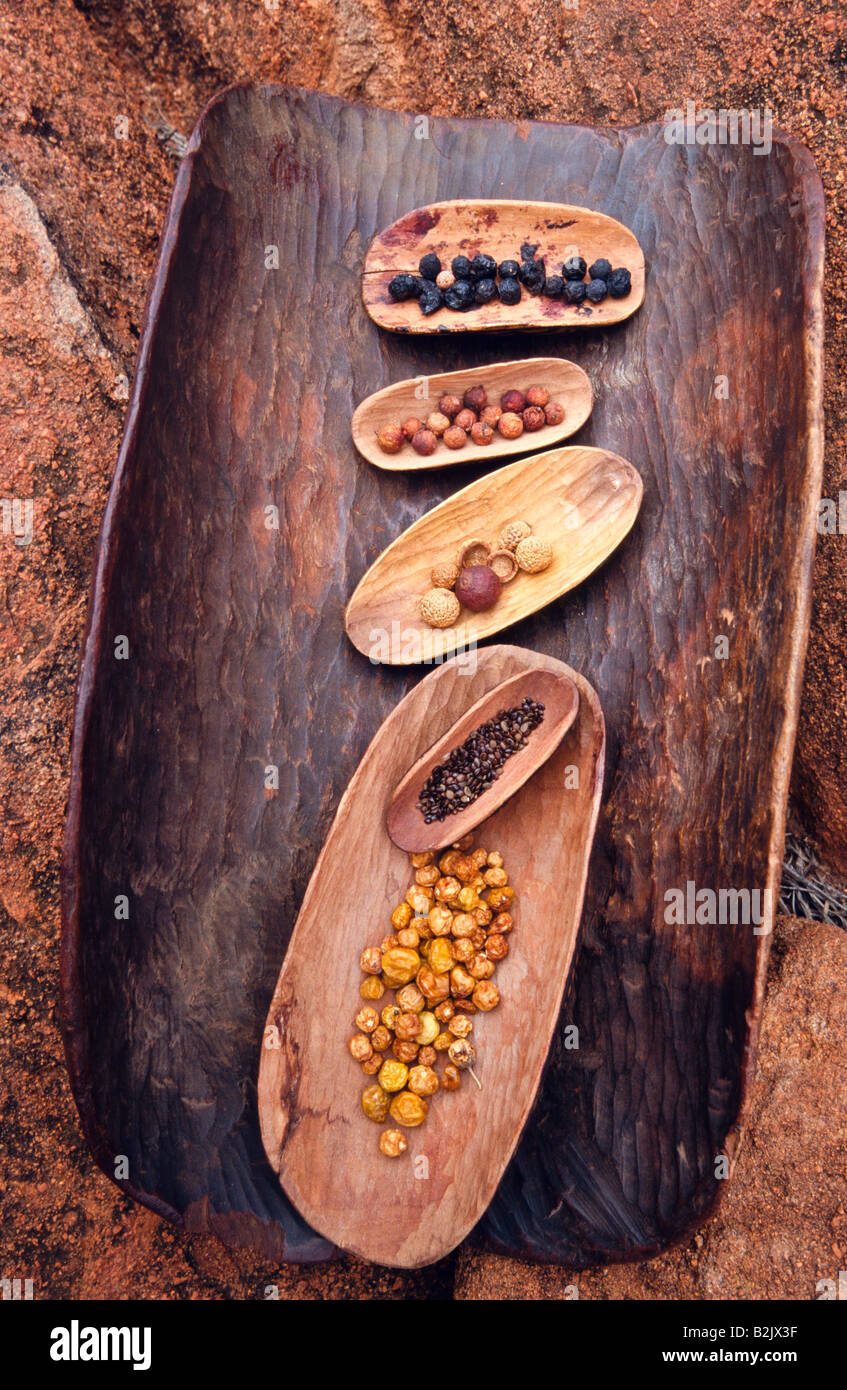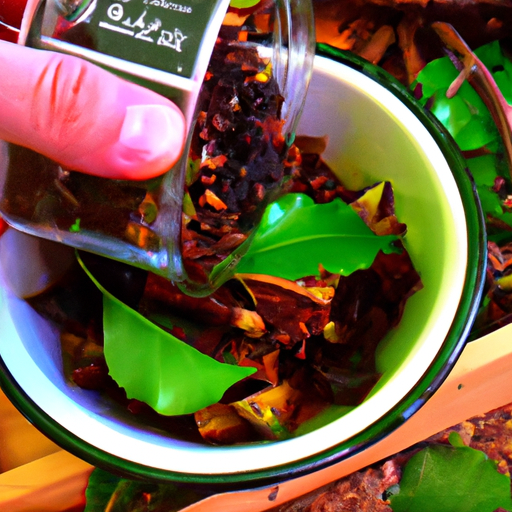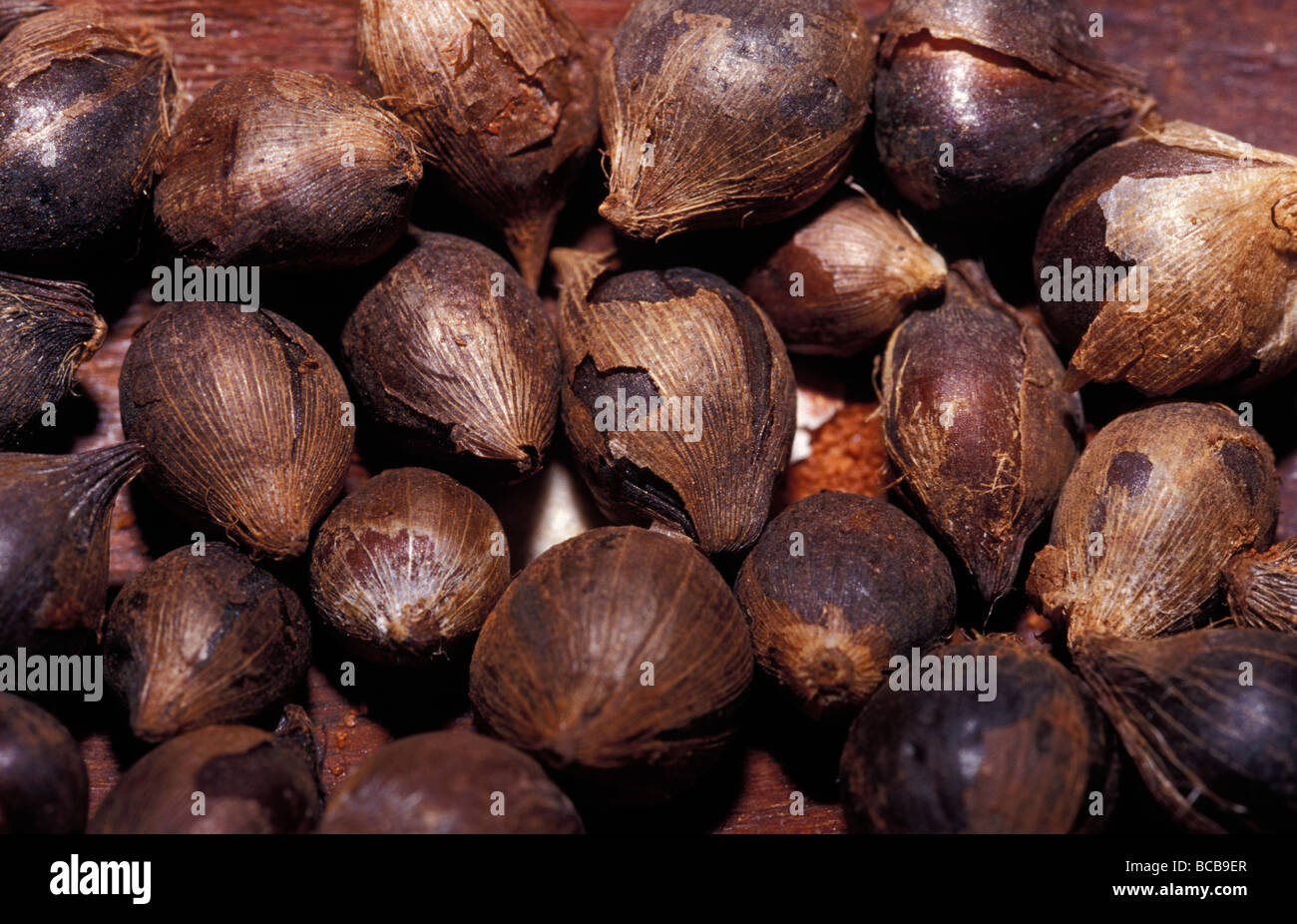Beyond the Bush Tucker: Exploring the Rich History and Modernity of Aboriginal Food
Beyond the Bush Tucker: Exploring the Rich History and Modernity of Aboriginal Food

The term "bush tucker" often conjures images of rugged landscapes and survivalist techniques. While this imagery holds some truth, it only scratches the surface of the complex and fascinating world of Aboriginal food. For thousands of years, Aboriginal Australians have developed a deep understanding of their environment, utilizing its bounty to create a diverse and sustainable food system. This system, far from being primitive, is a testament to human ingenuity, resilience, and respect for the natural world. This article delves into the history, cultural significance, and modern-day relevance of Aboriginal food, showcasing its unique flavors, nutritional value, and vital role in preserving Indigenous heritage.
A History Woven with Land and Tradition
Related Articles: Beyond the Bush Tucker: Exploring the Rich History and Modernity of Aboriginal Food
- Unveiling The Timeless Tapestry: Exploring The Ancestral And Creation Myths Of Aboriginal Australia
- Unraveling The Tapestry Of Indigenous Last Names: A Journey Through History, Culture, And Identity
- The Kangaroo: A Symbol Of Strength, Resilience, And Cultural Significance In Aboriginal Australia
- Unraveling The Tapestry Of Land: A Journey Through Indigenous Maps And Symbols Of Australia
- A Taste Of The Outback: Exploring Australia’s Unique Native Fruits
Aboriginal food traditions are deeply intertwined with the land itself. For over 65,000 years, Indigenous Australians have lived in harmony with their environment, developing a profound knowledge of the local flora and fauna. This knowledge, passed down through generations, dictates which plants are edible, when they are best harvested, and how to prepare them.
The vast and diverse Australian landscape offers a rich tapestry of edible resources. From the arid deserts of the interior to the lush rainforests of the east coast, each region boasts its own unique food sources. Coastal communities rely on seafood, while inland tribes gather native fruits, seeds, nuts, and tubers. The iconic "bush tucker" includes a wide range of plants and animals, each with its own special place in Aboriginal culture.
Beyond the Stereotype: A Culinary Tapestry of Flavor and Nutrition
The misconception that Aboriginal food is solely about survival is a gross simplification. Indigenous Australians have developed sophisticated culinary techniques, transforming raw ingredients into delicious and nutritious meals.
Plant-Based Delights:
- Witchetty Grubs: These large, white grubs are a protein-rich delicacy, often eaten roasted or fried.
- Bush Tomatoes: These small, tangy fruits add a burst of flavor to salads and stews.
- Quandong: This vibrant orange fruit is a source of vitamin C and boasts a sweet and tart flavor.
- Kakadu Plum: Renowned for its high vitamin C content, this small fruit is used in jams, chutneys, and even skincare products.
- Warrigal Greens: These leafy greens are packed with nutrients and can be cooked into soups, stews, or enjoyed as a side dish.

Meat and Seafood:

- Kangaroo: This lean and flavorful meat is a staple in many Aboriginal communities.
- Emu: Another source of protein, emu meat is often roasted or smoked.
- Goanna: This large lizard is a traditional food source, often cooked over an open fire.
- Mud Crab: Found in coastal areas, mud crabs are a delicacy enjoyed steamed or cooked with spices.
- Sea Urchin: This spiky creature is a source of protein and minerals, often eaten raw or roasted.

Beyond the Basics: Preserving and Sharing
Aboriginal food traditions are not just about gathering and consuming; they are about preserving and sharing. Indigenous Australians have developed ingenious methods for preserving food for long periods, ensuring sustenance throughout the year.
- Drying: Fruits, vegetables, and meat are dried in the sun or over a fire, extending their shelf life.
- Smoking: Meat and fish are smoked to preserve them and add a distinct flavor.
- Pickling: Fruits and vegetables are pickled in salt or vinegar to extend their freshness.
Modern Day Revival: A Celebration of Culture and Sustainability
In recent years, there has been a growing interest in reviving and celebrating Aboriginal food traditions. Chefs, restaurateurs, and food enthusiasts are incorporating indigenous ingredients into their dishes, showcasing the unique flavors and nutritional value of these ancient foods.
The Rise of Indigenous Cuisine:
- Indigenous restaurants: Restaurants across Australia are showcasing Aboriginal cuisine, offering authentic dishes and celebrating Indigenous culinary traditions.
- Indigenous ingredients in mainstream restaurants: Chefs are incorporating native ingredients into their menus, adding a unique twist to familiar dishes.
- Indigenous food festivals: Food festivals dedicated to celebrating Aboriginal food are gaining popularity, showcasing the diversity and richness of Indigenous cuisine.
Beyond the Plate: A Sustainable Future
The revival of Aboriginal food traditions is not just about culinary innovation; it is about promoting sustainability and cultural preservation. Indigenous food systems are inherently sustainable, relying on natural resources and respecting the delicate balance of the environment.
Sustainable Practices:
- Respect for the land: Aboriginal food practices prioritize sustainability, ensuring that resources are harvested responsibly and sustainably.
- Low-impact farming: Traditional farming techniques, such as fire management and seed harvesting, minimize environmental impact.
- Biodiversity conservation: The knowledge of Aboriginal communities helps conserve biodiversity, ensuring the long-term health of the ecosystem.
Cultural Preservation:
- Sharing knowledge: The revival of Aboriginal food traditions helps preserve Indigenous knowledge and cultural practices.
- Community empowerment: Promoting Indigenous food systems empowers communities and fosters economic development.
- Reconciliation and understanding: Sharing and celebrating Aboriginal food fosters understanding and reconciliation between Indigenous and non-Indigenous Australians.
The Future of Aboriginal Food
The future of Aboriginal food is bright. With growing awareness of its cultural significance, nutritional value, and sustainability, Indigenous cuisine is gaining recognition and popularity. By embracing these traditions, we can learn from the wisdom of the past and create a more sustainable and equitable future for all.
FAQ
Q: What is the difference between "bush tucker" and Aboriginal food?
A: "Bush tucker" is a general term used to refer to food sourced from the Australian bush. Aboriginal food is a broader term encompassing all aspects of Indigenous food systems, including traditional knowledge, culinary techniques, and cultural practices.
Q: Are Aboriginal food traditions still practiced today?
A: While many Aboriginal food traditions have been lost or suppressed, there is a growing movement to revive and celebrate these practices. Indigenous communities are actively sharing their knowledge and skills, ensuring the continuity of these traditions.
Q: What are some of the health benefits of Aboriginal food?
A: Aboriginal food is rich in nutrients, including vitamins, minerals, antioxidants, and fiber. Many Indigenous foods are low in fat and high in protein, making them a healthy and sustainable choice.
Q: How can I learn more about Aboriginal food?
A: There are many resources available to learn about Aboriginal food, including books, documentaries, websites, and Indigenous-owned businesses. You can also visit Indigenous cultural centers and museums to experience the richness of these traditions firsthand.
Q: How can I support the revival of Aboriginal food?
A: You can support the revival of Aboriginal food by:
- Purchasing Indigenous food products: Look for Indigenous-owned businesses and support their efforts to promote traditional food systems.
- Visiting Indigenous restaurants: Experience the unique flavors and cultural significance of Aboriginal cuisine.
- Learning about Aboriginal food traditions: Educate yourself about the history, culture, and importance of Indigenous food systems.
- Sharing your knowledge: Spread awareness about the value of Aboriginal food and encourage others to support its revival.
By embracing the rich tapestry of Aboriginal food, we can celebrate the diversity of Australian culture, promote sustainability, and foster a deeper understanding of the land and its people.

Closure
Thus, we hope this article has provided valuable insights into Beyond the Bush Tucker: Exploring the Rich History and Modernity of Aboriginal Food. We thank you for taking the time to read this article. See you in our next article!


